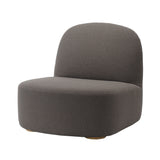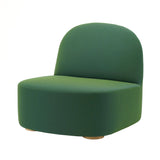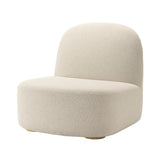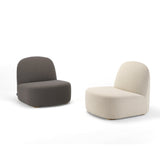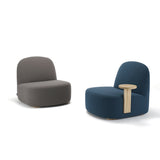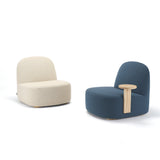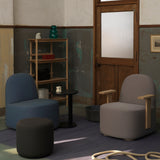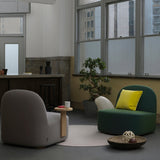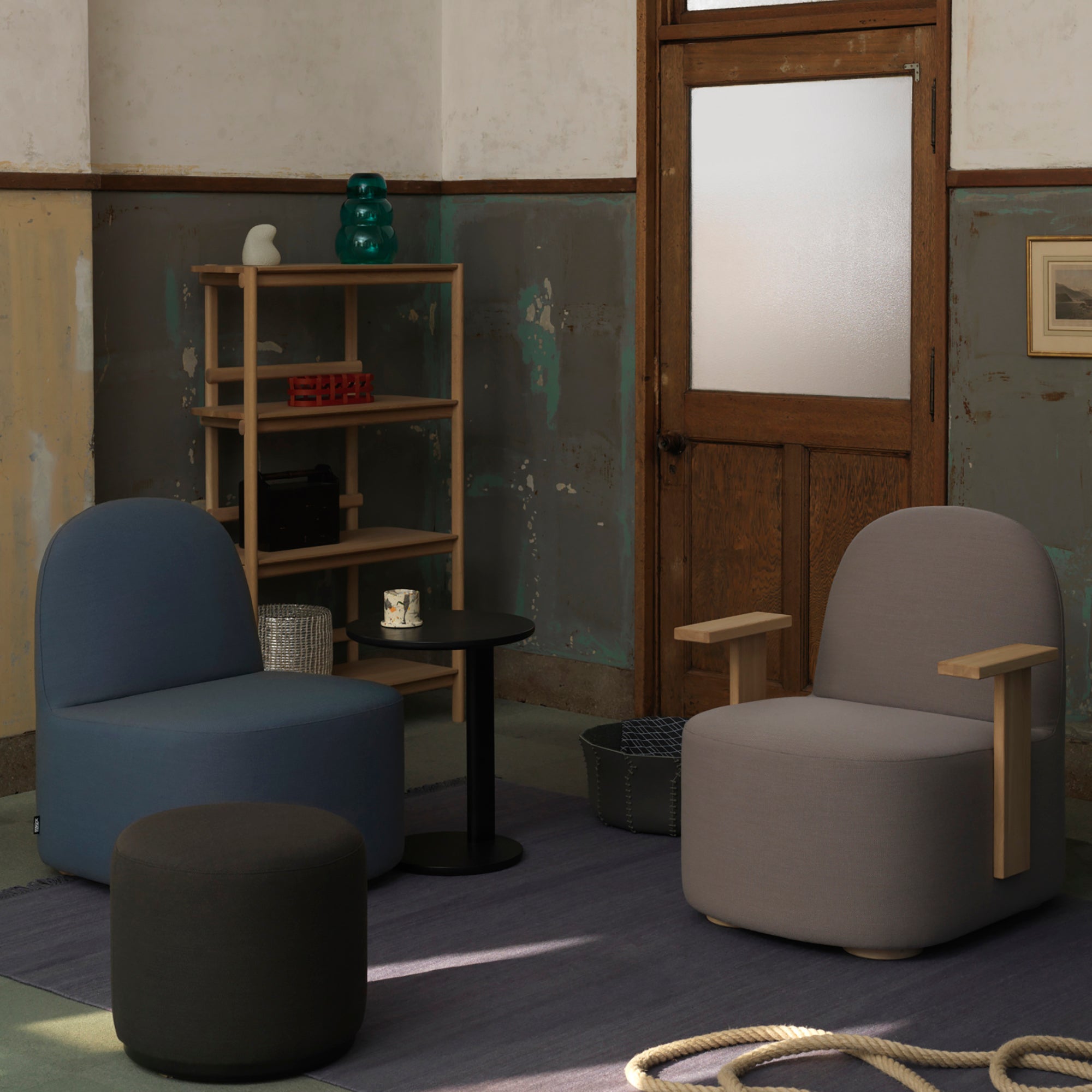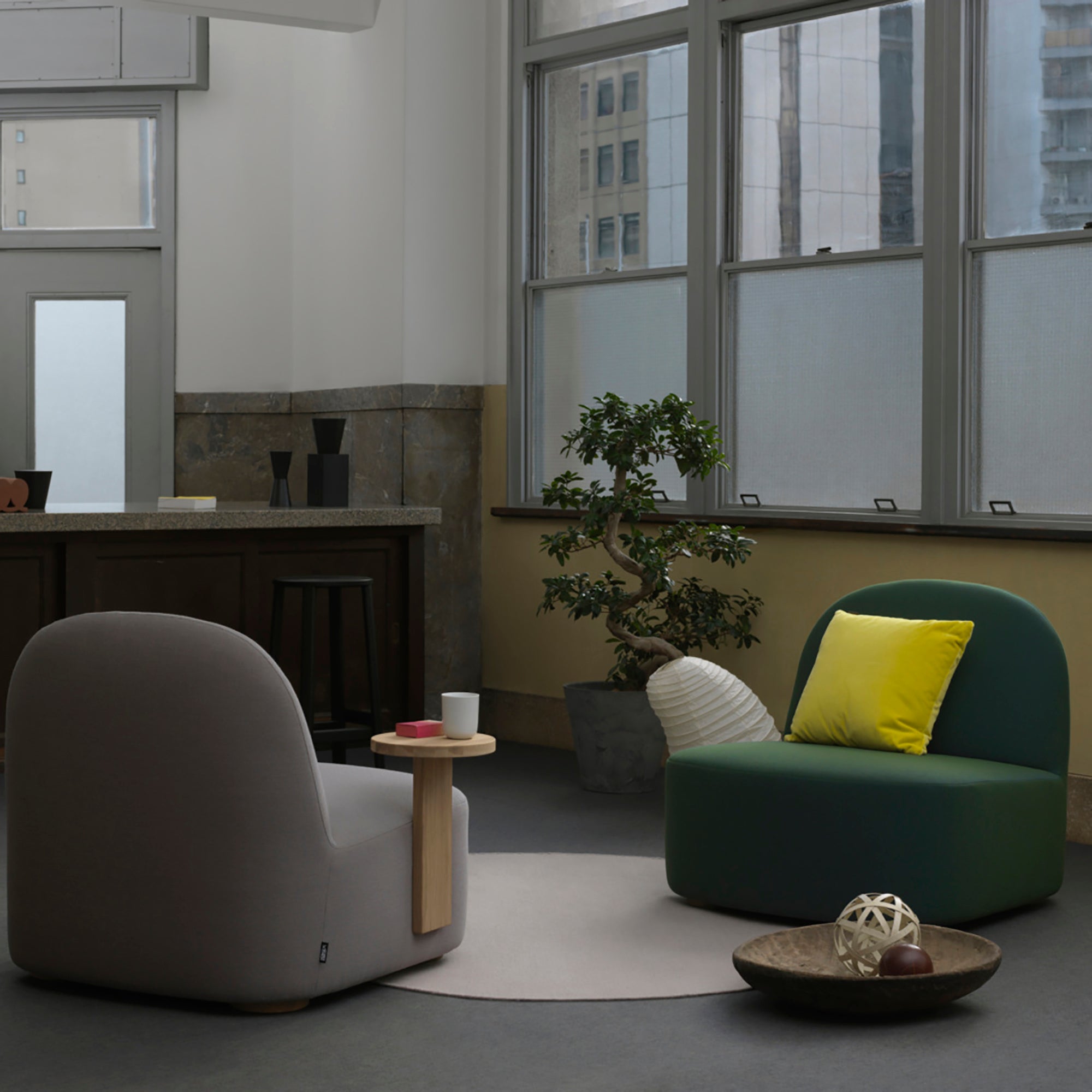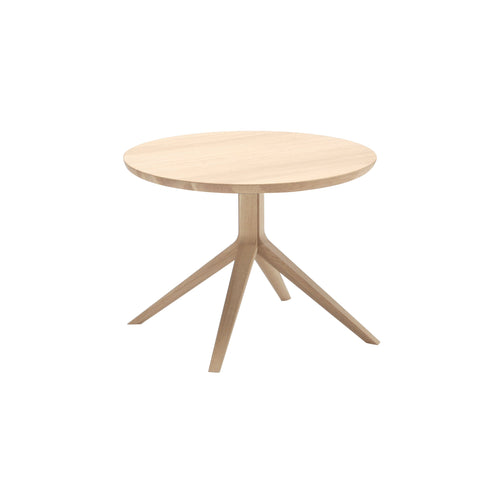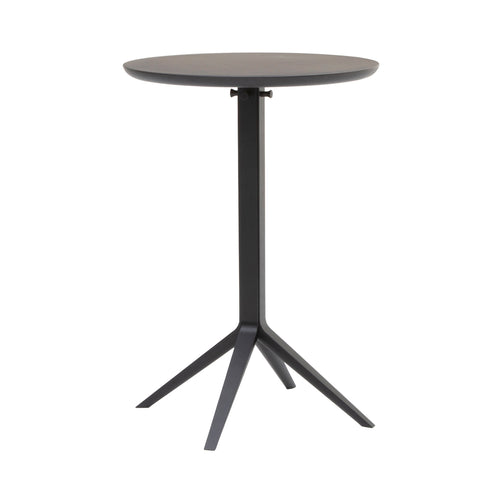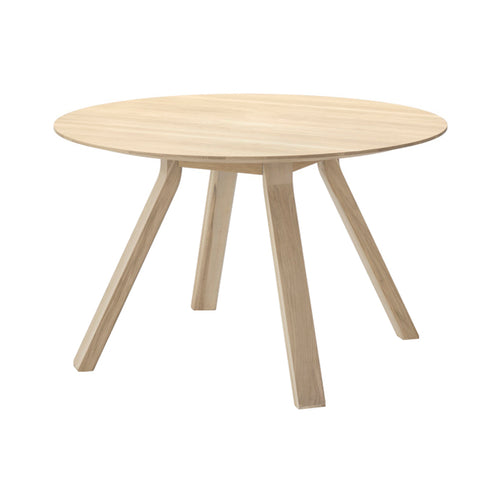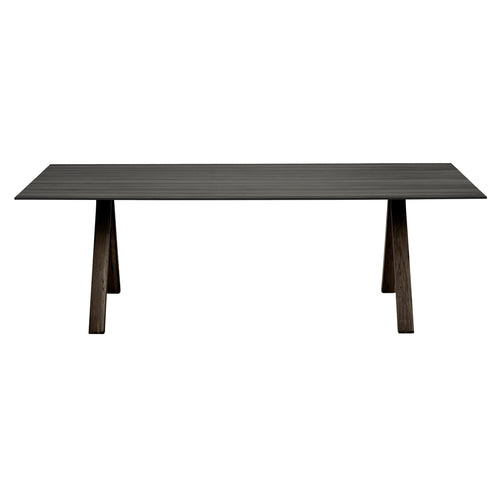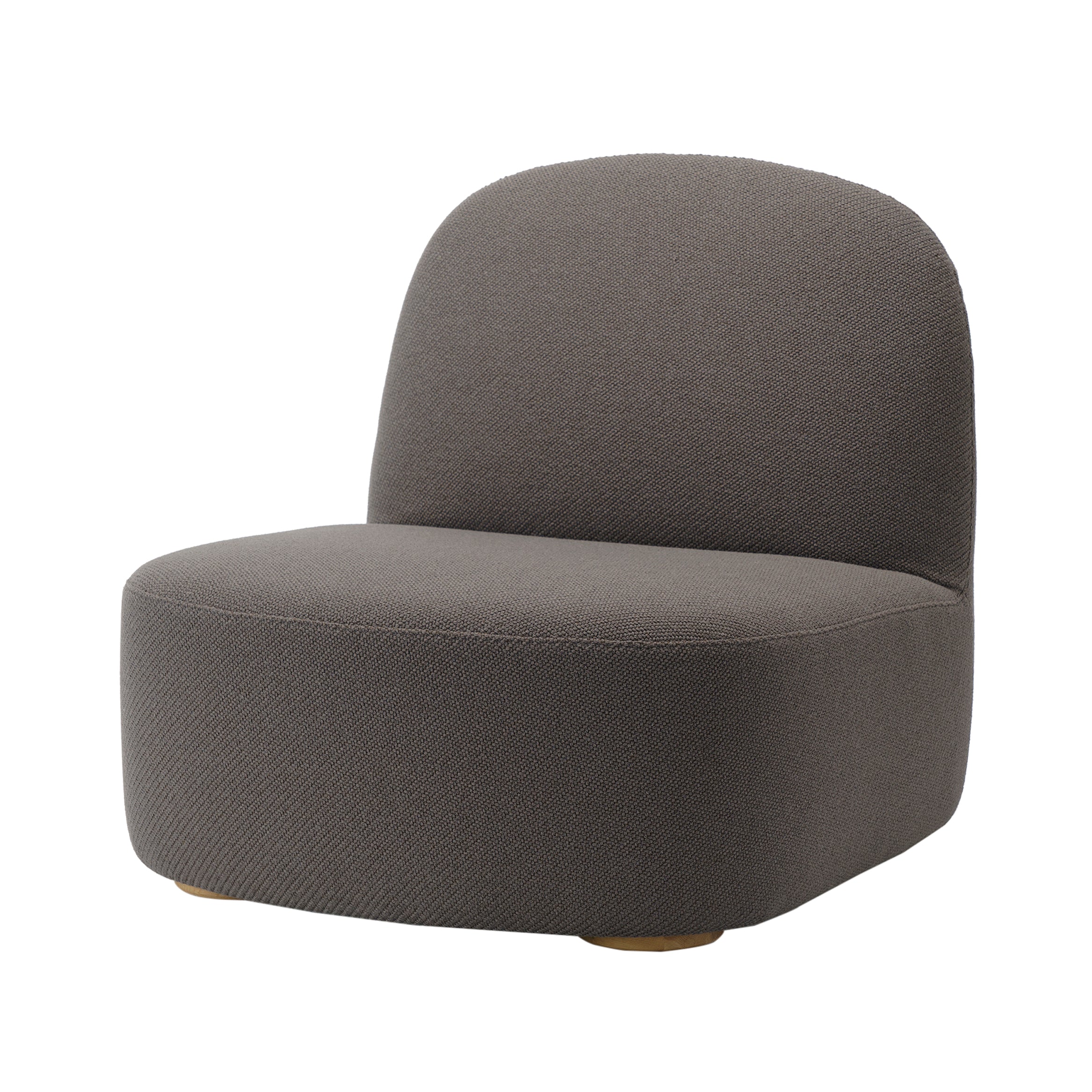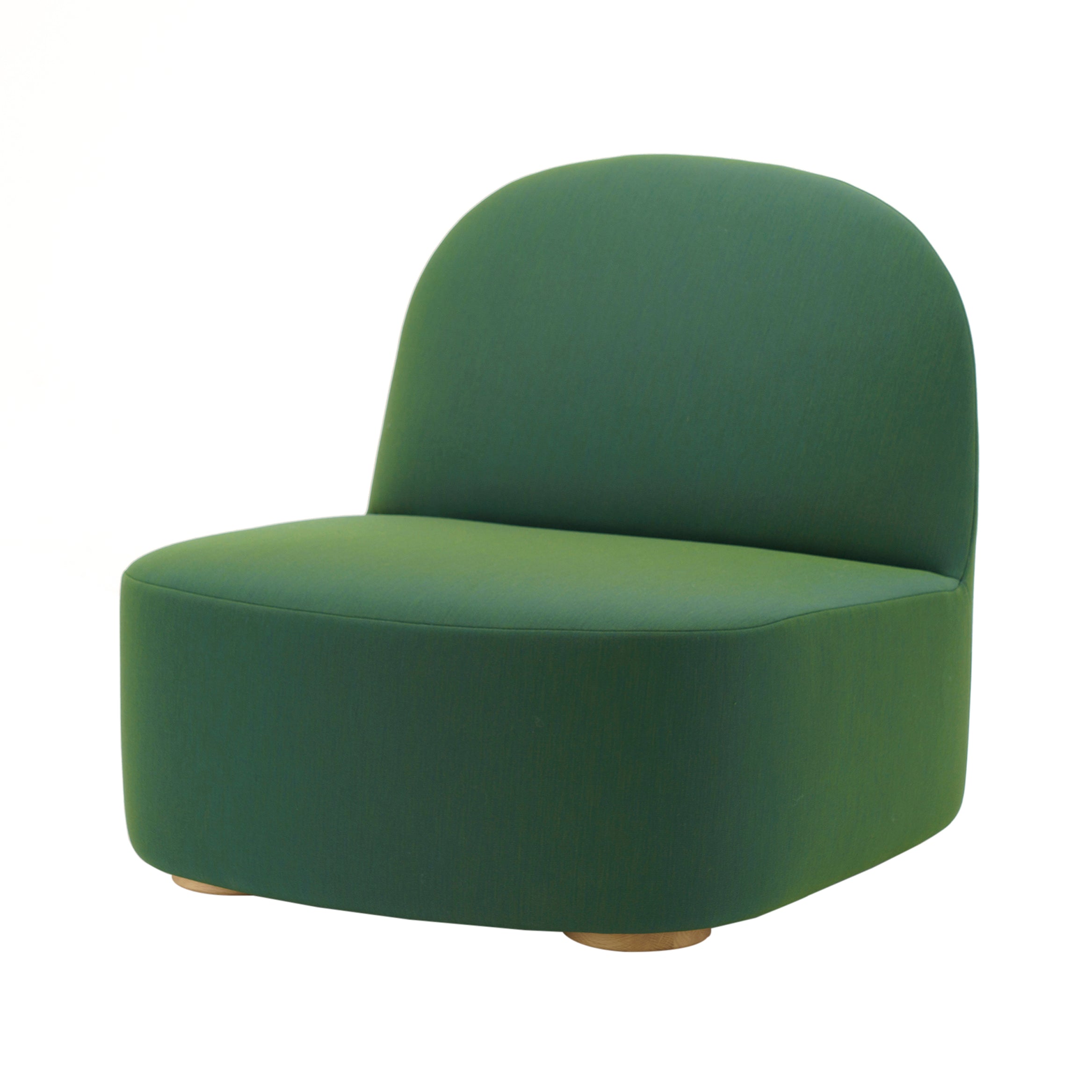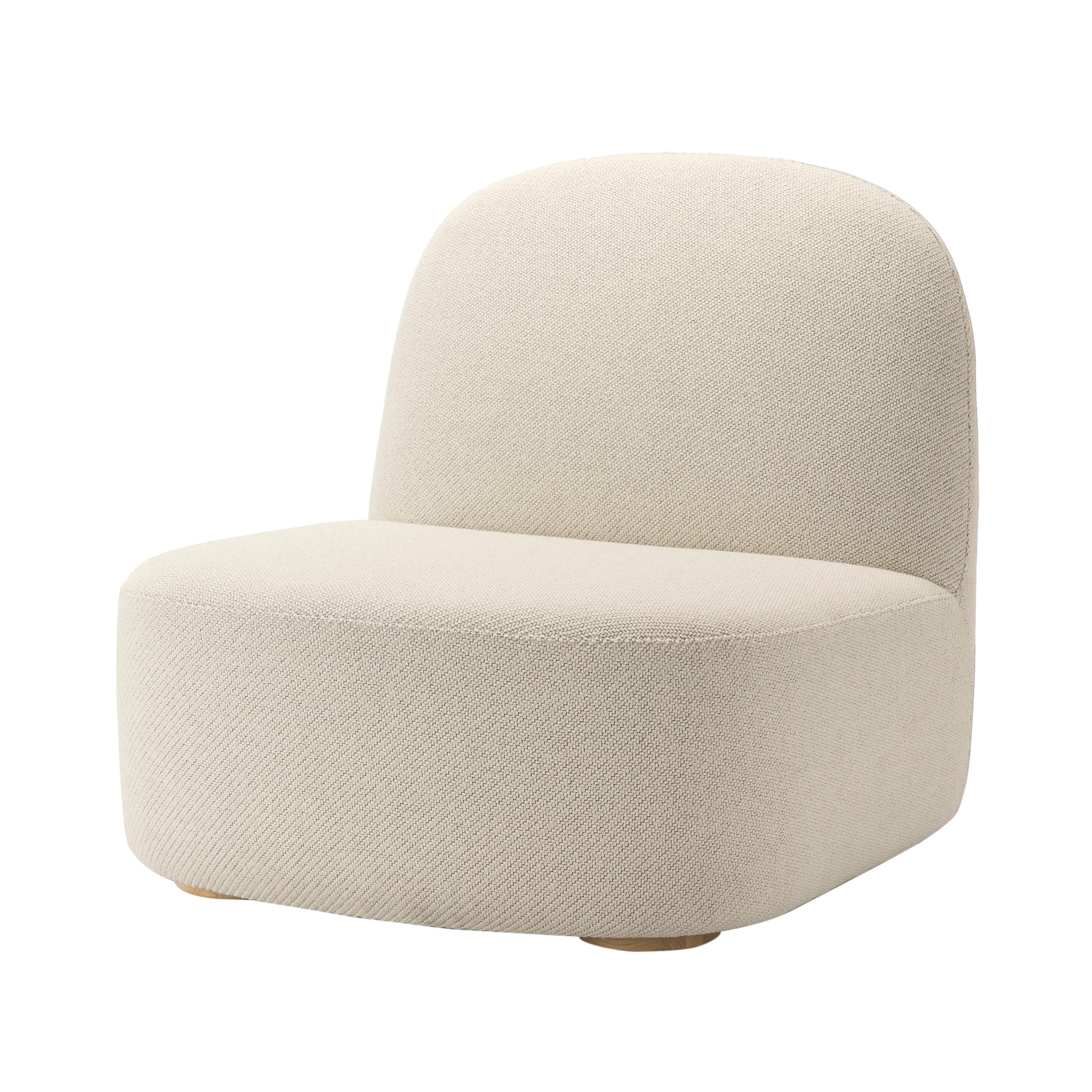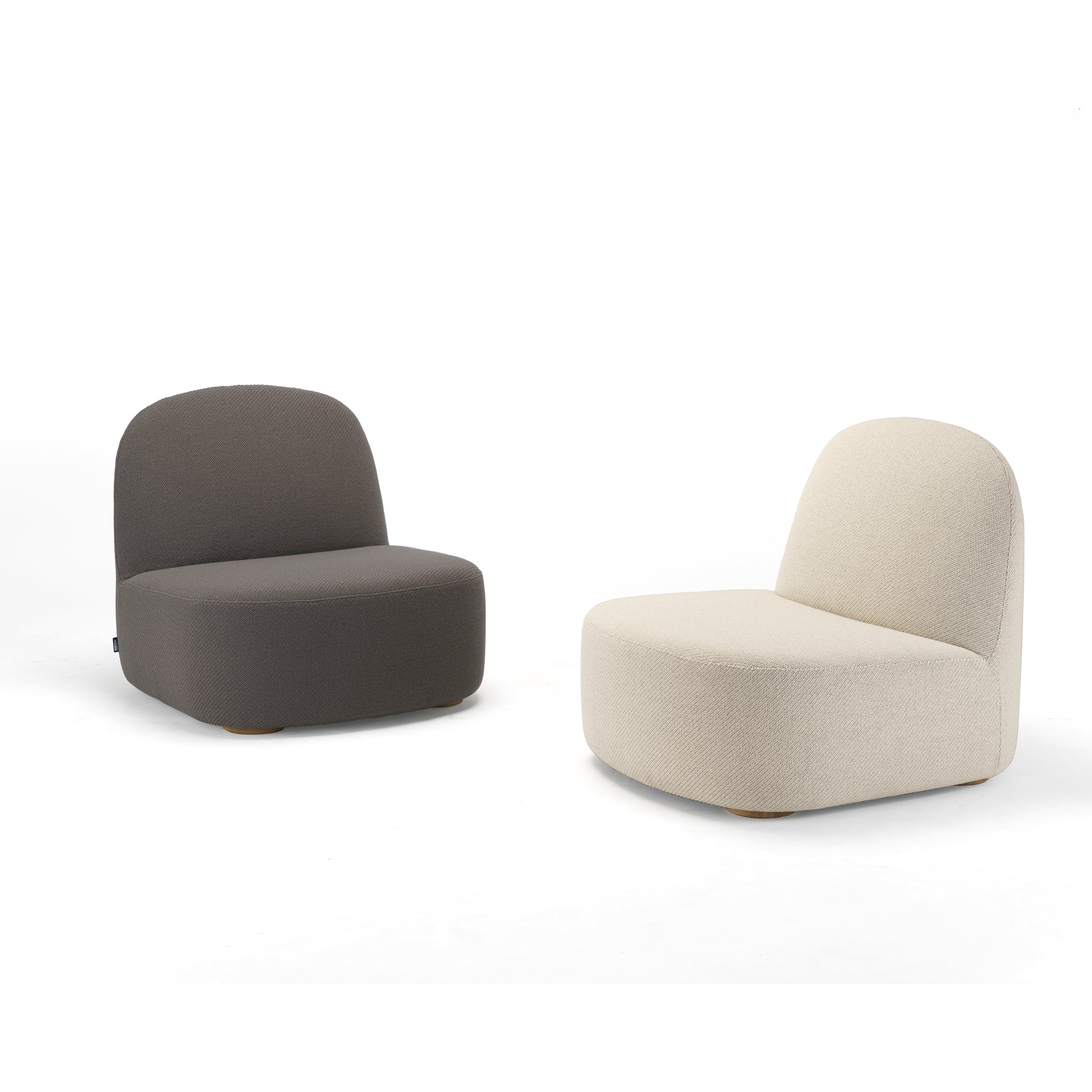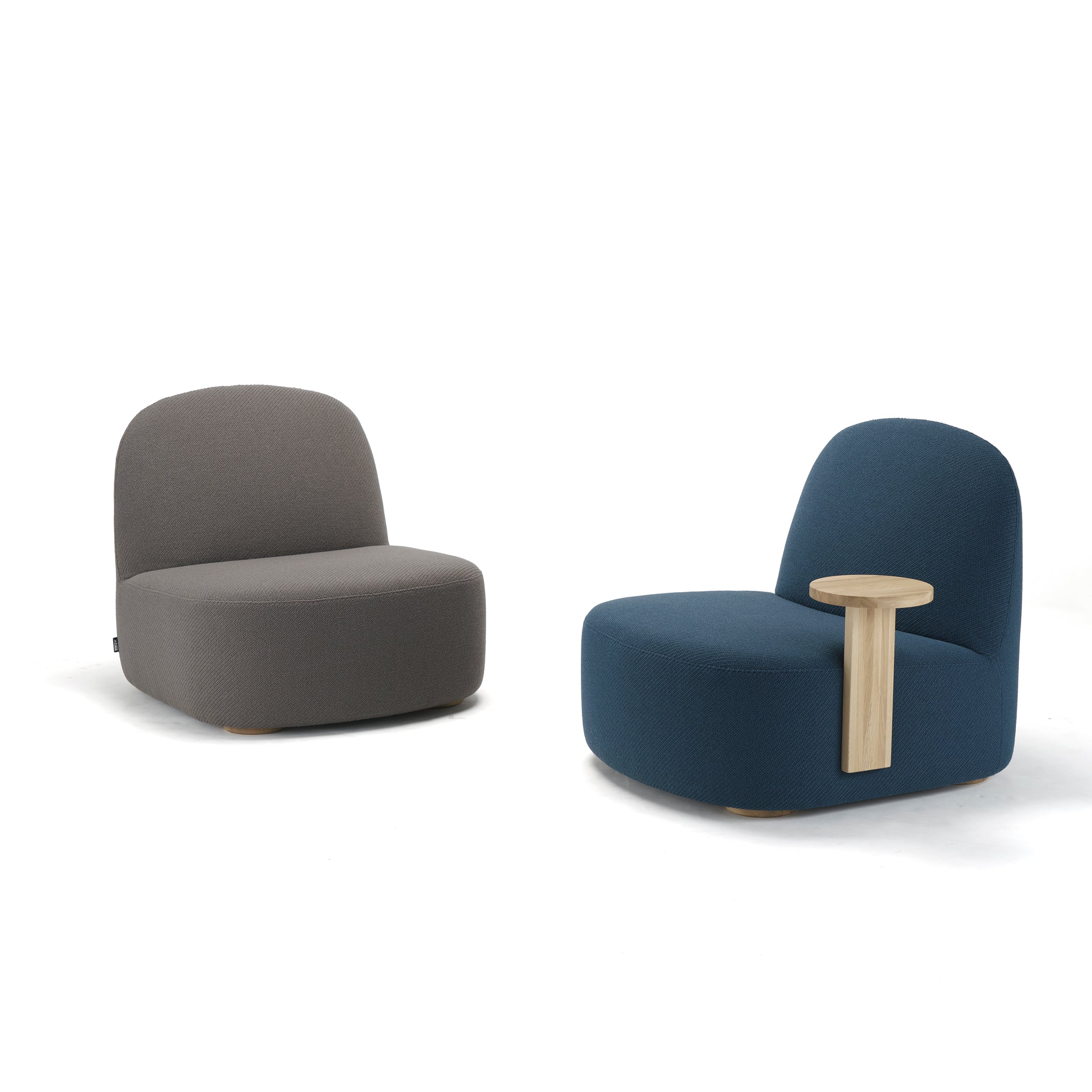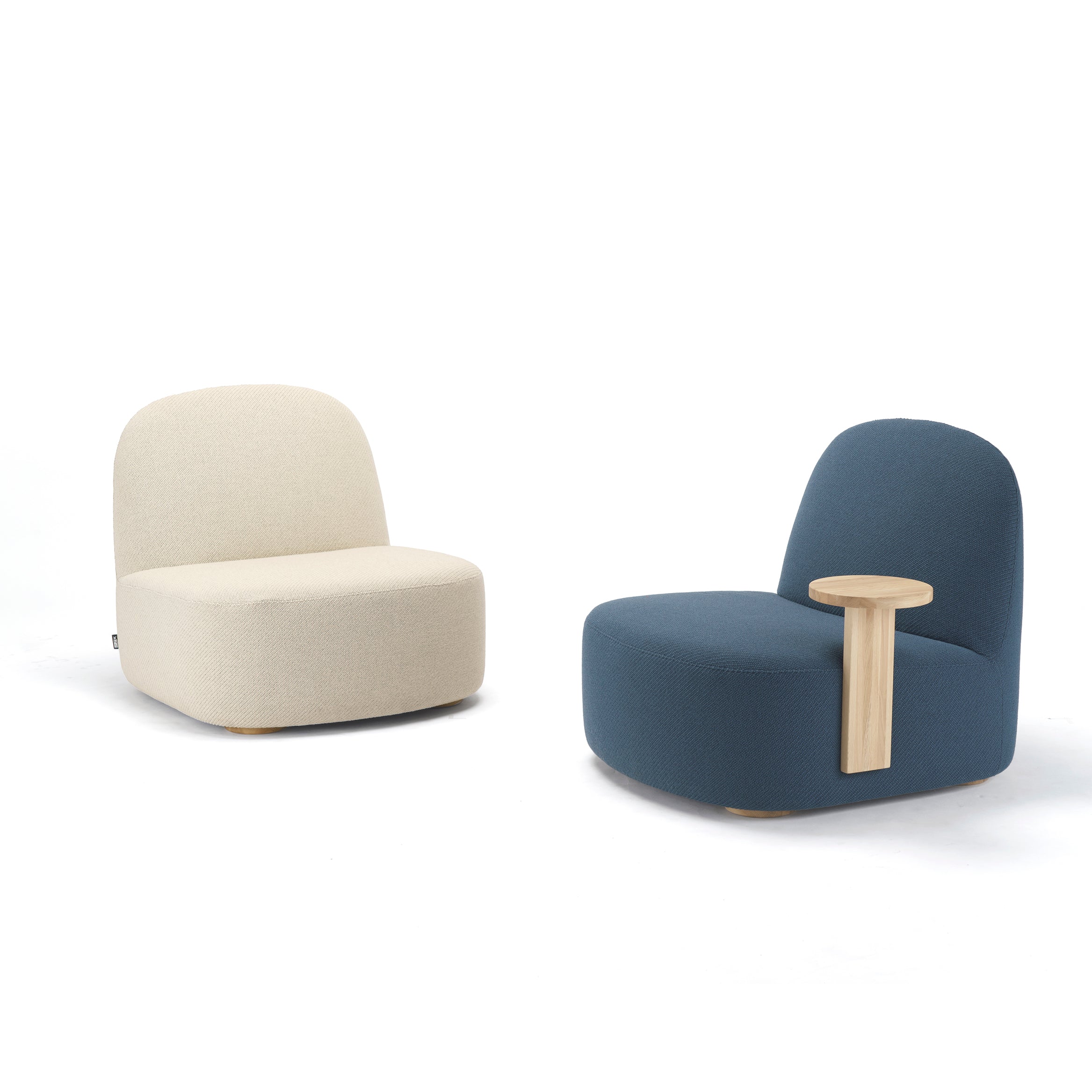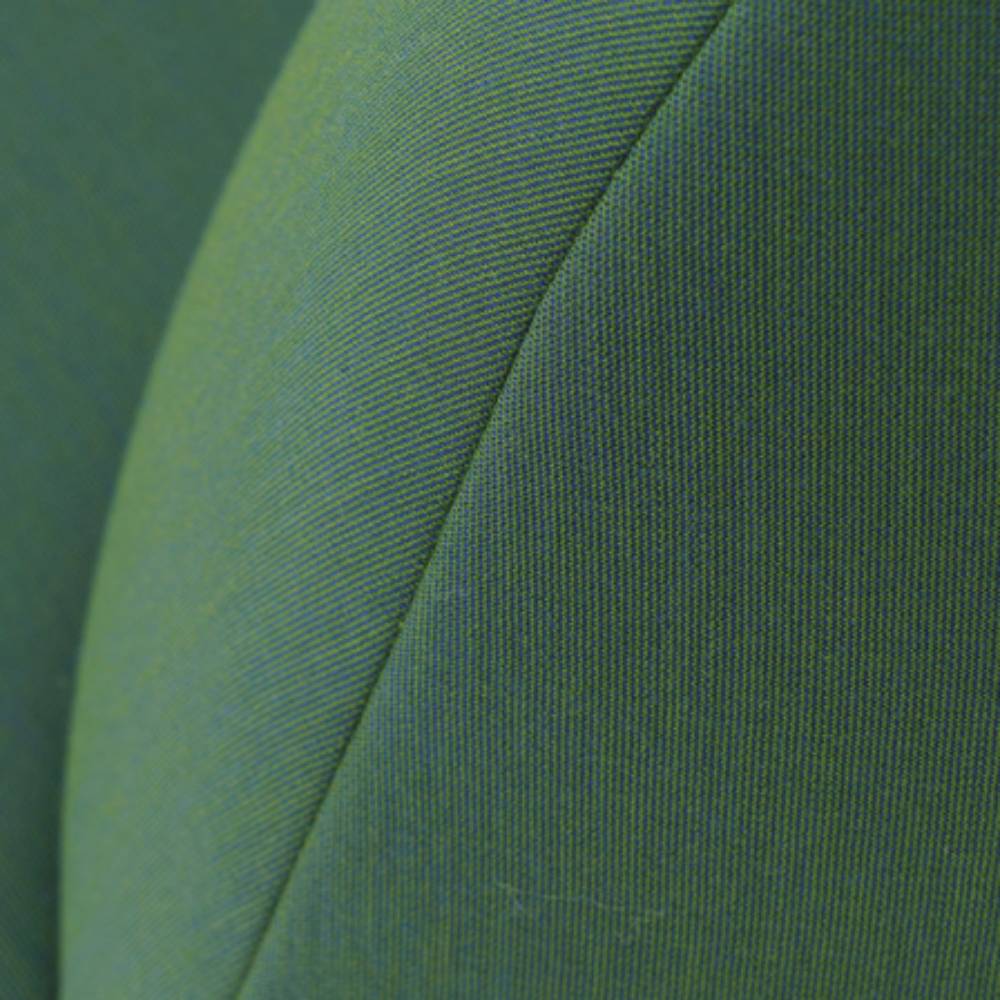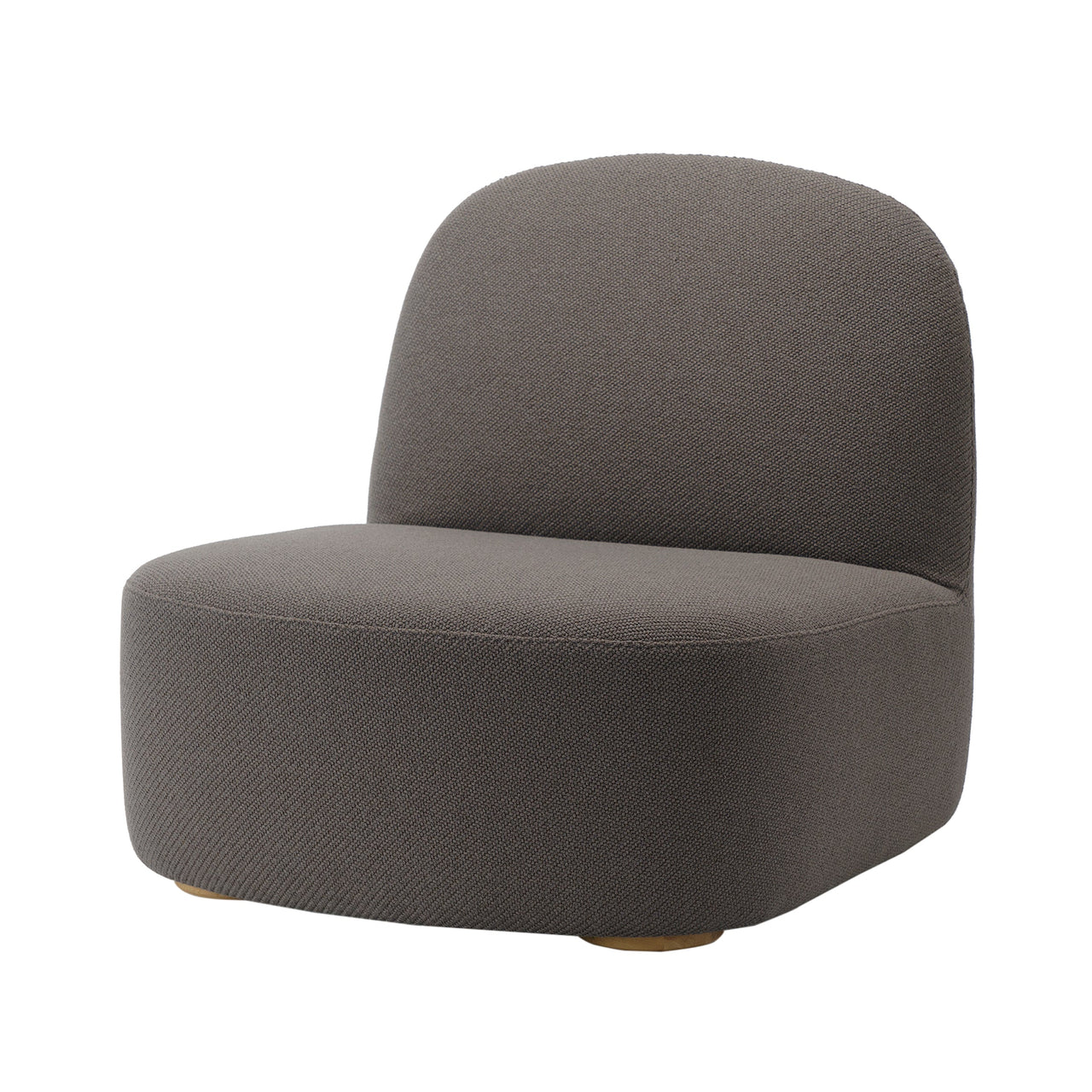
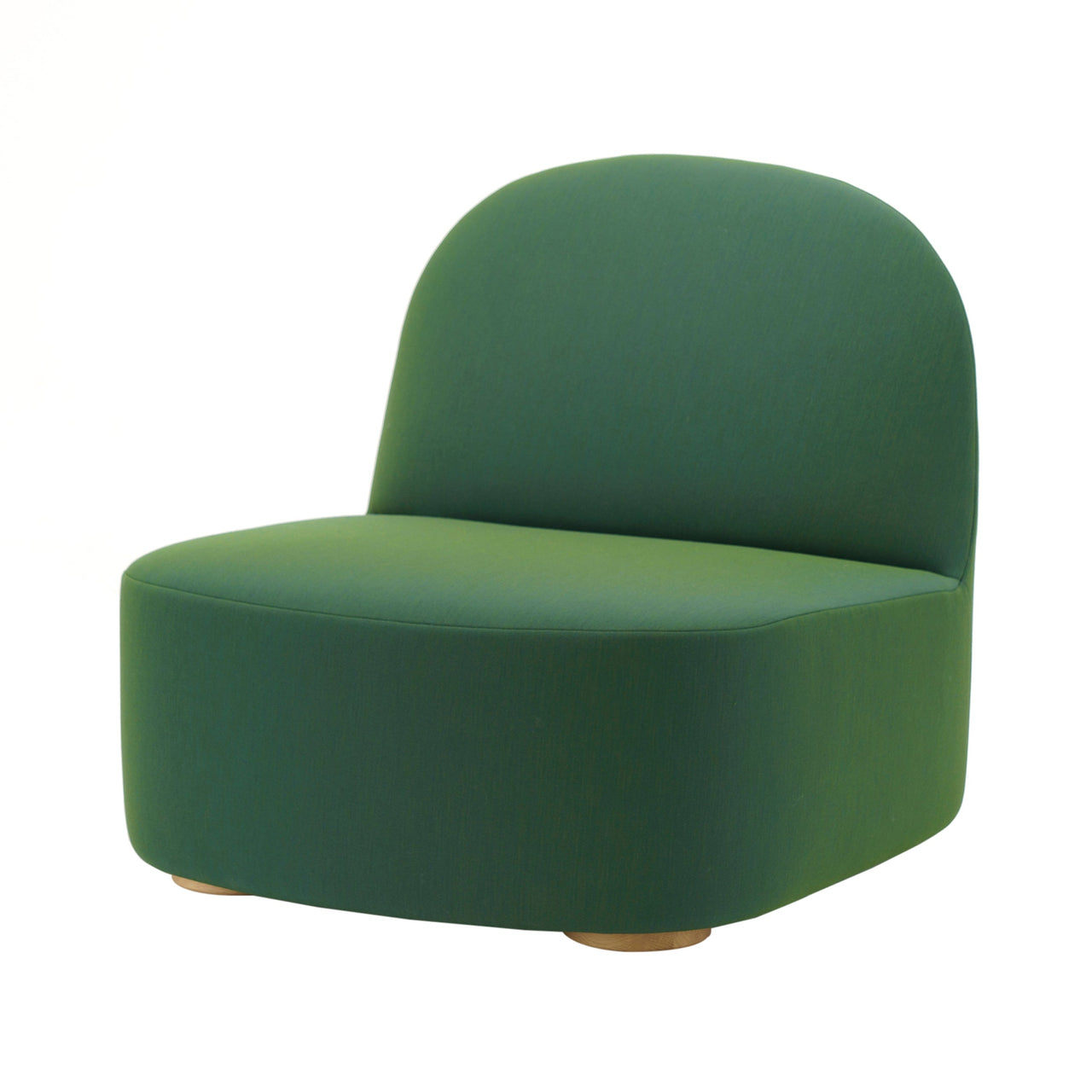
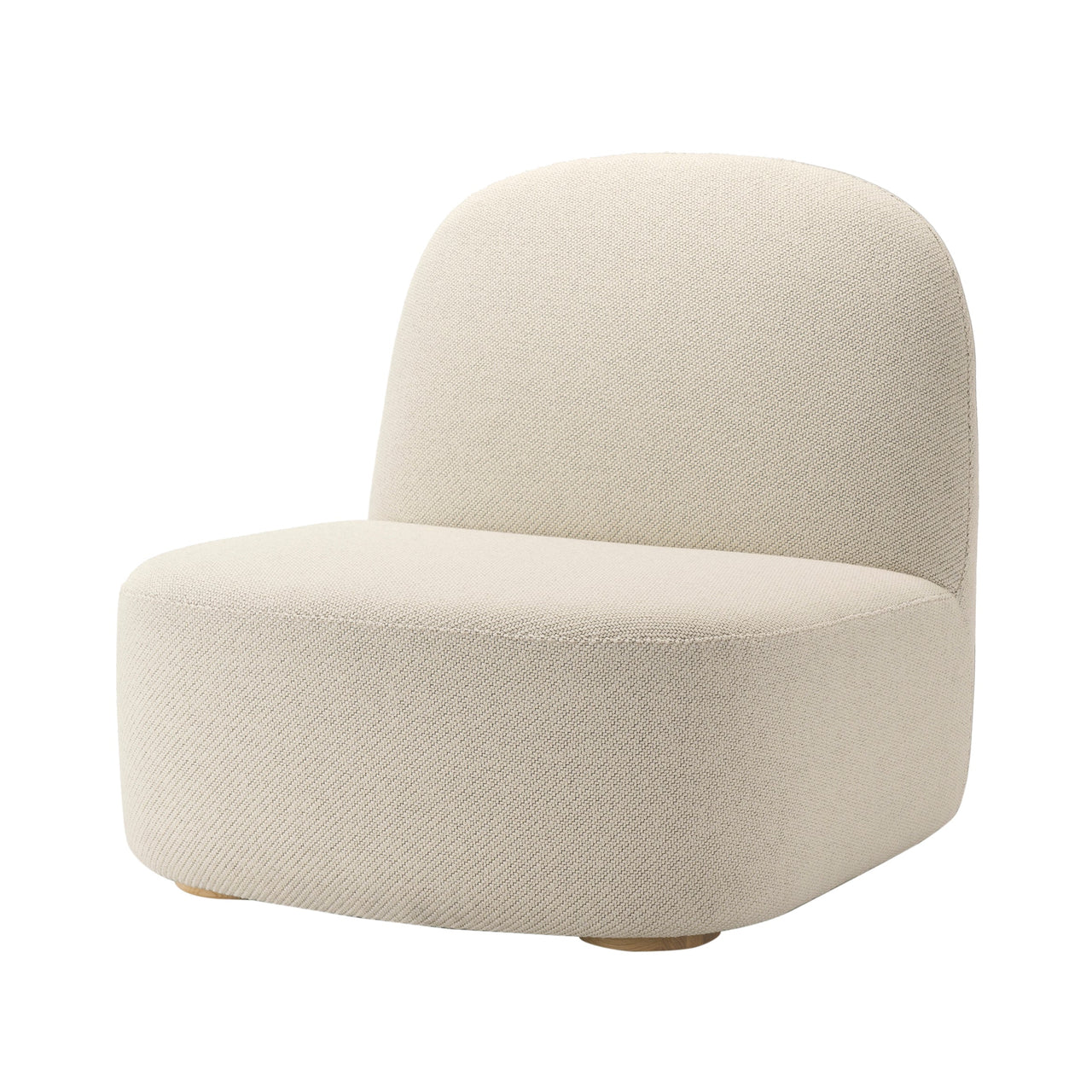
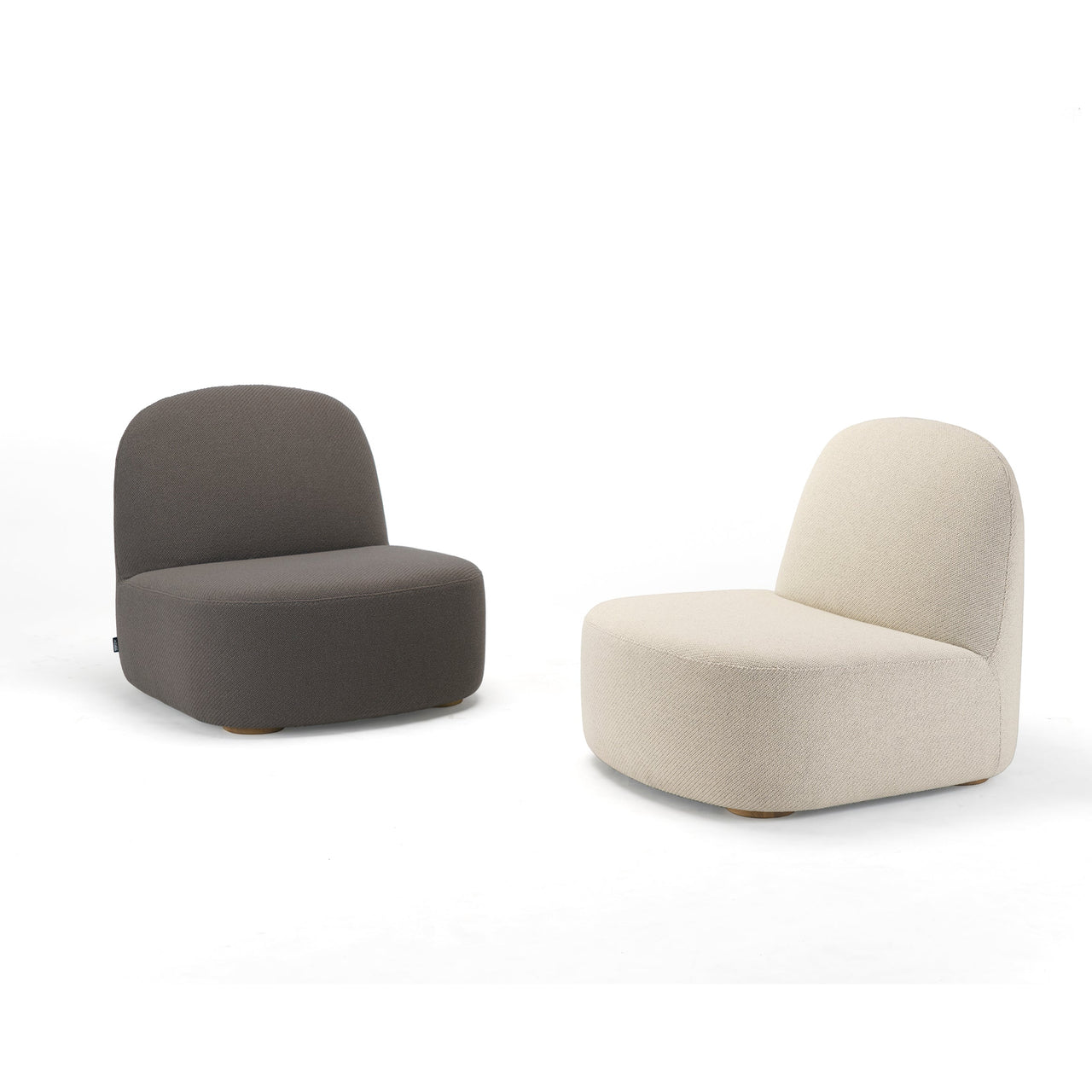
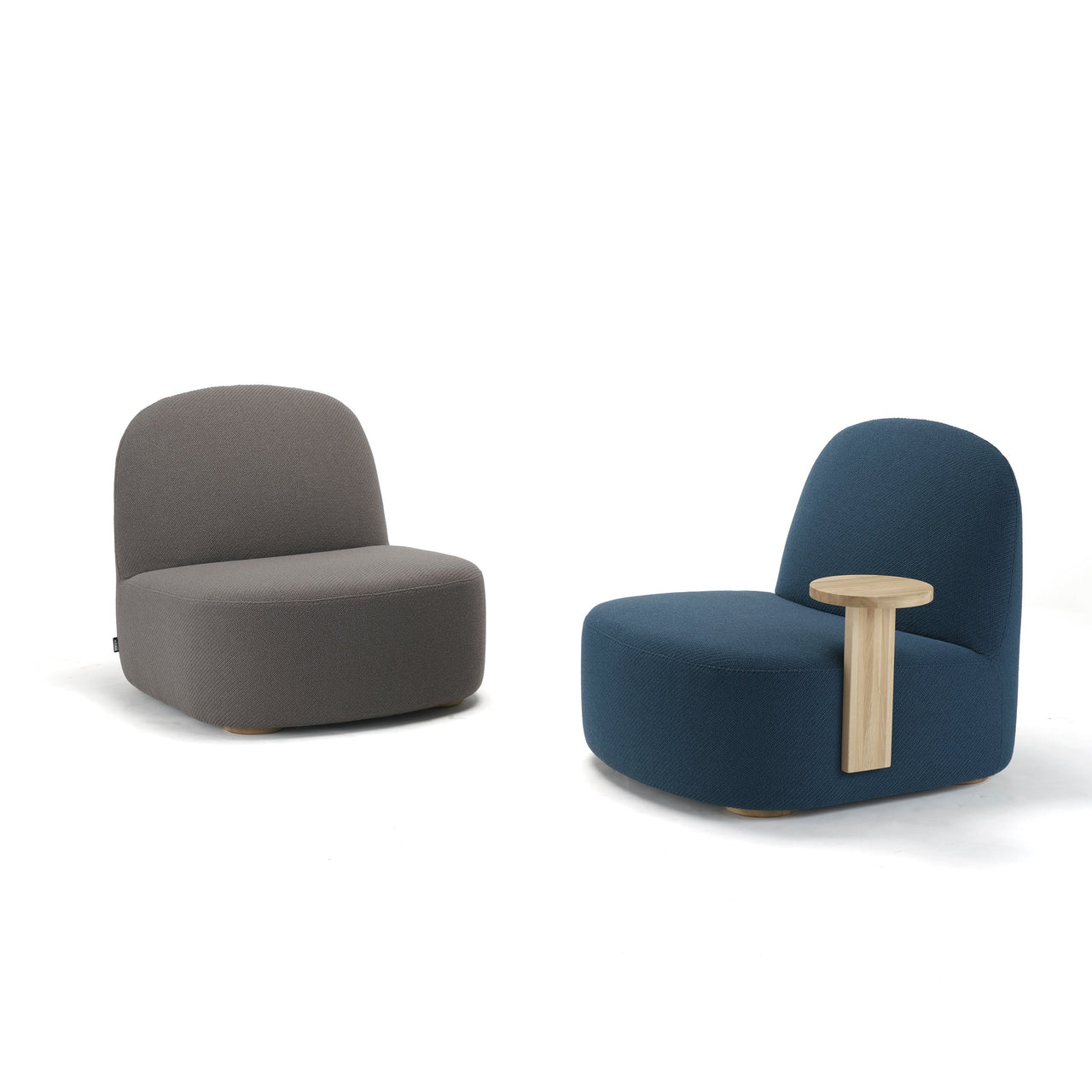
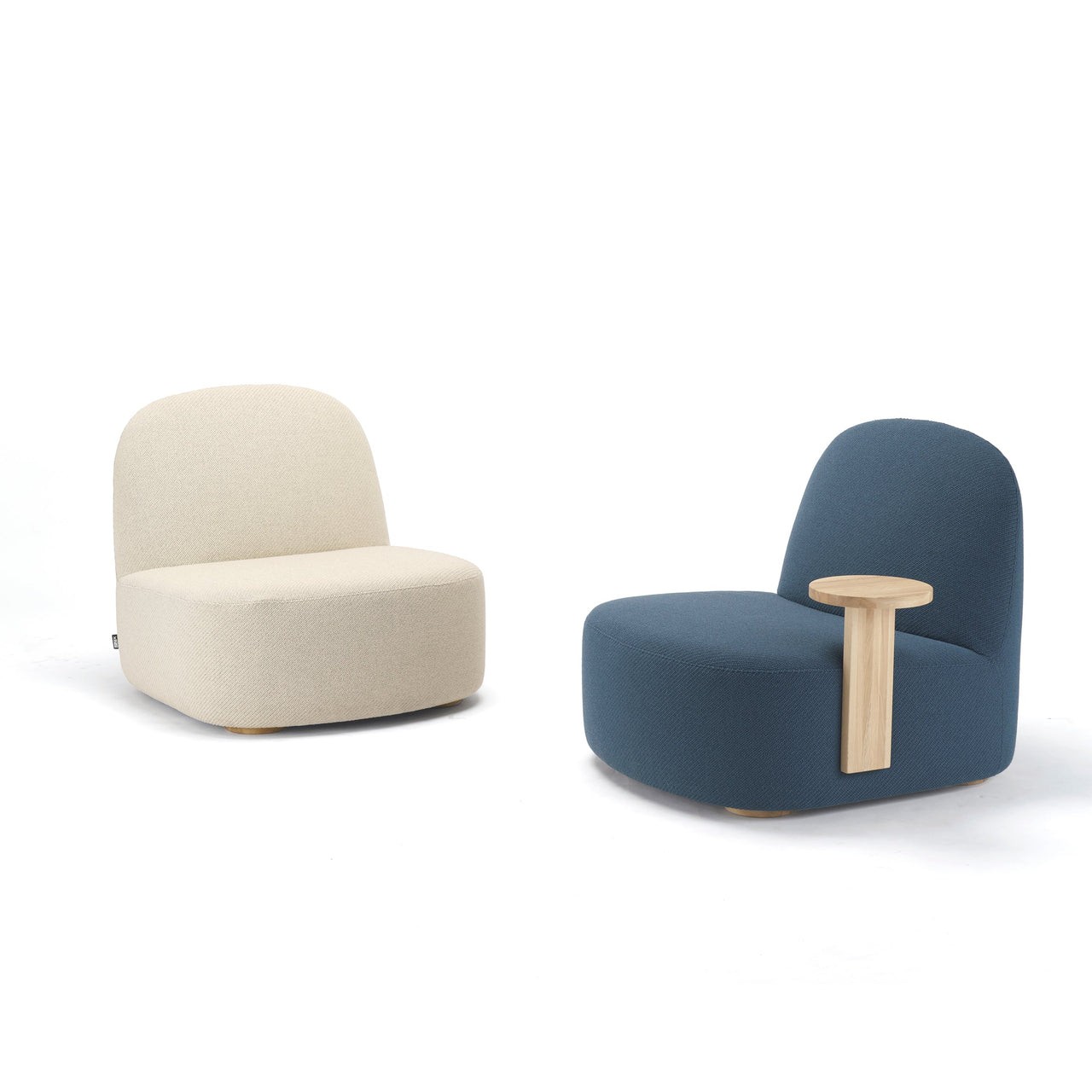

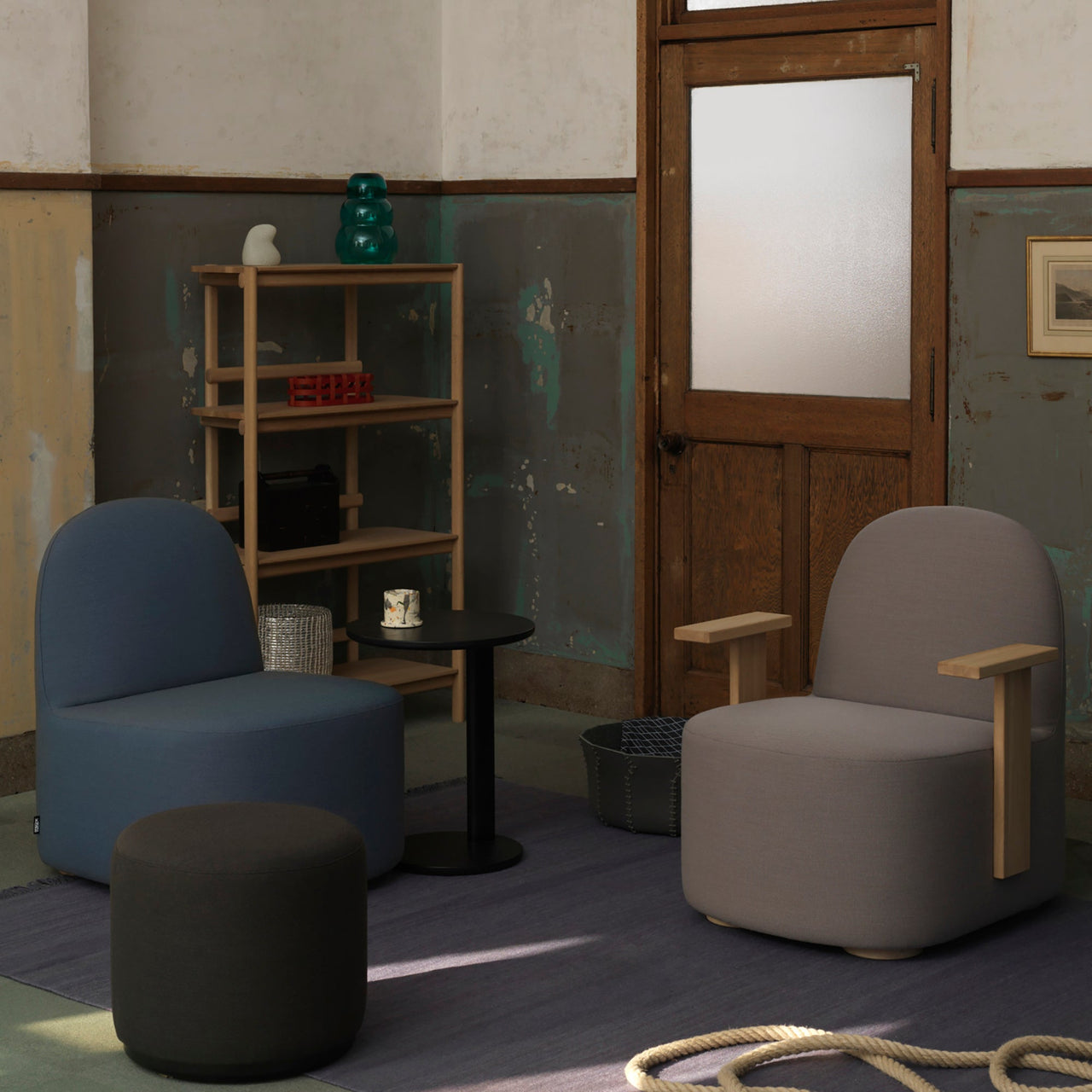
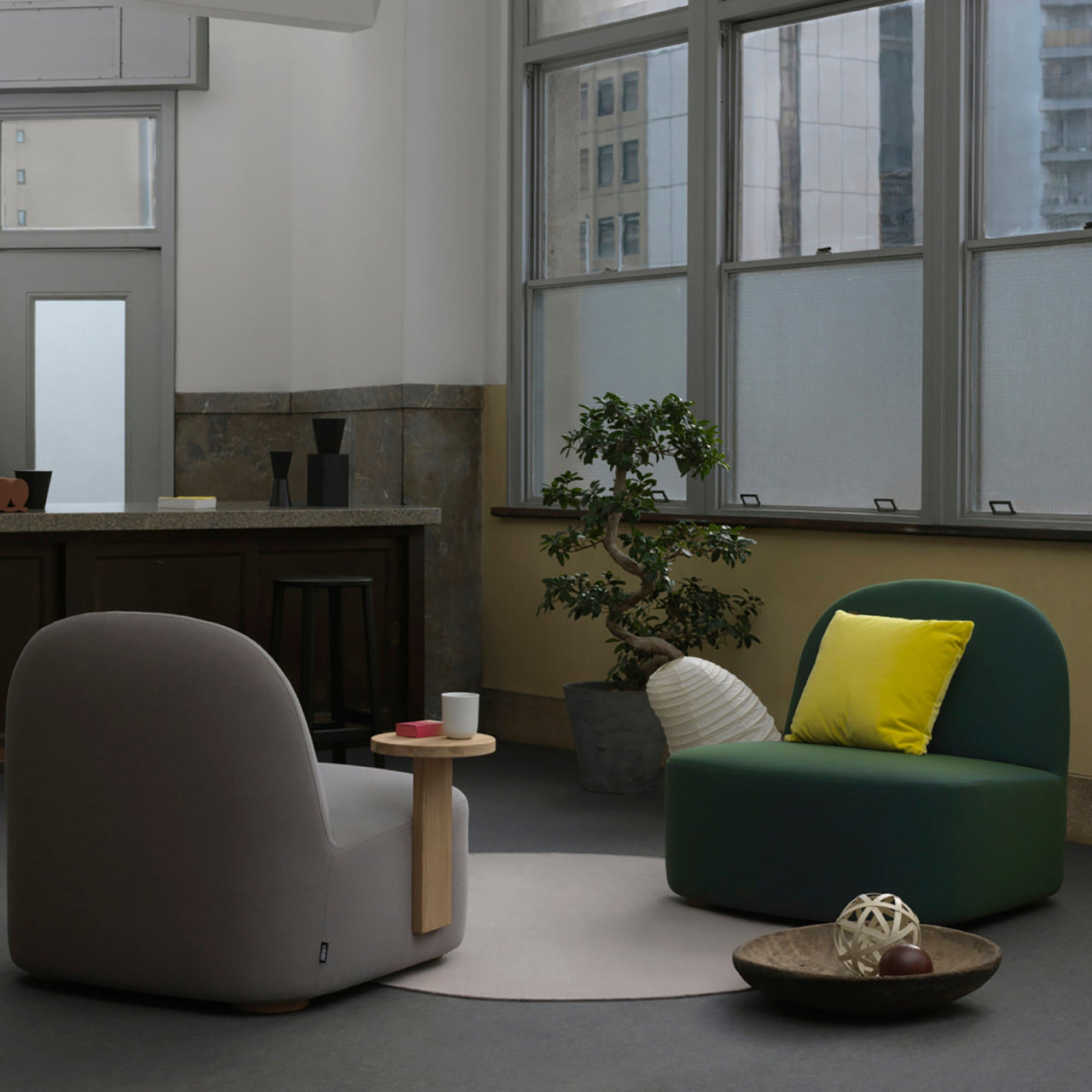
Karimoku New Standard × Moritz Schlatter
Polar Lounge Chair
$1,750
–
$2,805
$1,750
–
$2,805
$1,750
–
$2,805
$1,750
–
$2,805
$1,750
–
$2,805
$1,750
–
$2,805
$1,750
–
$2,805
$1,750
–
$2,805
$1,750
–
$2,805
Description
With its artfully padded round profile, Karimoku New Standard's minimalist lounge chair finds its comfort level in the softer side of geometry. Swiss designer Moritz Schlatter, now based in Tokyo, dictates Polar's low and wide proportions that allow for a relaxed seating position. Paired with firm yet soft upholstery, the dimensions make the chair particularly inviting and apropos to various settings both public and private, from lobbies and co-working spaces to living rooms and casual family spaces.
Specifications
Size
- Small: 31.9" h x 25.2" w x 30.7" d (81x64x78cm)
- Seat height: 16.9" (43cm)
- Large: 31.1" h x 32.3" w x 35.4" d (79x82x90cm)
- Seat height: 15.4" (39cm)
Material
Oak
Details
Upholstery
- Mode
- Merit
- Vidar 3
- Steelcut Trio 3
- Uniform Melange
- Coda 2
- COM and COL are available on request
Brand
Karimoku New Standard
It has always been about the wood. Shohei Kato opened a small woodworking shop in 1940 from a longstanding timber firm he acquired in Kariya. The first letters of the town name combined with “moku,” as in “mokuzai” ( “wood”) provided the brand name. Furniture followed within 2 decades, along with several brands under the Karimoku umbrella. Then in 2009, with his grandson Hiroshi Kato as vice president, the Karimoku New Standard branch launched to develop works with international designers in the modern design arena.
The star roster includes Swedish studio TAF, the Swiss team Big-Game and Dutch duo Scholten & Baijings. Among them is David Glaettli, who also serves as KNS brand creative director and dubbed its credo as “high-tech and high-touch.” The highly skilled Japanese carpentry and hand-applied painting that are a part of the parent company heritage are integral to KNS. It also looks forward, revitalizing native forests by targeting undervalued, sustainably grown hardwoods. Advanced technologies have elevated the low-diameter chestnut, maple and oak trees, once turned into wood chips for paper pulp, into something of lasting beauty. The aim, notes Hiroshi, is “furniture that will be used and loved for more than 100 years.”
